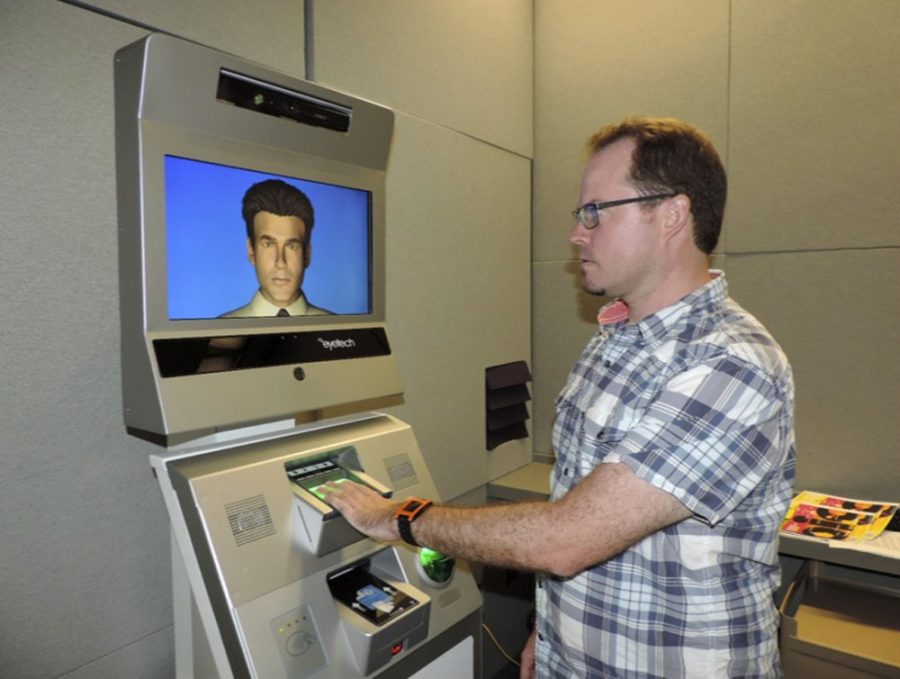While soldiers are fighting the Islamic State in Iraq and Syria, researchers are trying to understand the psychology behind why people are joining the fundamentalist group and the physiology of deception to protect U.S. borders.
This past June, ISIS released videos in English to recruit people in Western countries to join their cause. Locally, it recruits by force or by offering high payments to people that live in low GDP-per-capita areas, according to Alex Braithwaite, an associate professor in the School of Government and Public Policy.
“ISIS has tended to employ rather modern media and marketing campaigns,” Braithwaite said.
Jeff Greenberg, a professor of psychology at the UA and co-author of “In the Wake of 9/11: The Psychology of Terror,” outlined some possible ingredients that could make a person in the U.S. susceptible to ISIS recruitment.
People that have happy lives, meaning or self-worth are unlikely to be recruited, Greenberg said, but those who identify with the cause and have felt personal humiliation and insult by the U.S., however, would be at higher risk.
Greenberg added that common misconceptions about people joining ISIS are that they are clinically disturbed or poor.
“They tend to be people who have feelings of resentment,” he said. “We all have a sense of wanting things to be fair. If somebody scratches your car, you want them to pay for it. If somebody hits on your spouse, you would want to stand up against that.”
ISIS is able to take advantage of these tendencies in people who see no other paths to restoring fairness, Greenberg said.
For when current ISIS members attempt to enter the U.S., however, researchers are looking at the body’s impulses to detect people who may be lying about their involvement with the group. This is of particular use at U.S. borders where ISIS members could potentially enter the country.
Jay Nunamaker Jr., the founder of the department of management information systems, and his lab have developed a computerized agent named Brad that is fitted with sensors that can determine if someone is being deceitful or not.
“It identifies if you are who you say you are and how much of a risk [you are],” Nunamaker said. “Do you have fraudulent documents? Are you carrying drugs? Do you have a bomb?”
The kiosk used for the system is neither invasive nor intrusive. It uses a high-definition camera to track minute facial changes, two microphones to record voice inflections, Microsoft’s Kinect motion sensor to track body movement and a near-infrared camera to measure eye dilation and movement, said Michael Byrd, a management information systems graduate student.
In one experiment, the lab provided subjects with instructions to build a fake but realistic pipe bomb that had a circuit board on one end and a trigger mechanism and power supply on the other.
Brad then recorded the subjects’ physiological signals when asked a series of questions and showed a picture of the bomb but with the power supply button missing. The guilty people that built the bomb and were familiar with it had eye tracking all over, Nunamaker said.
“The people that have not seen the bomb show eye movements around the interesting parts of the bomb,” Nunamaker said. “They don’t spend time looking for the missing trigger because they don’t know it should be there.”
_______________
Follow Dara Farhadi on Twitter.









